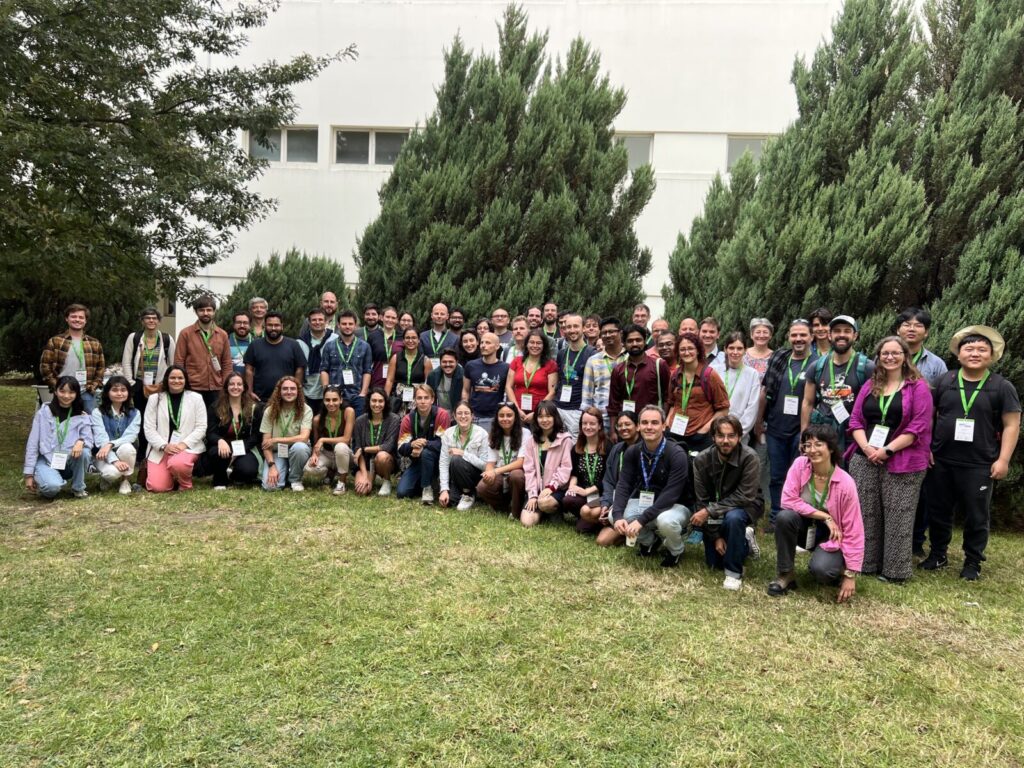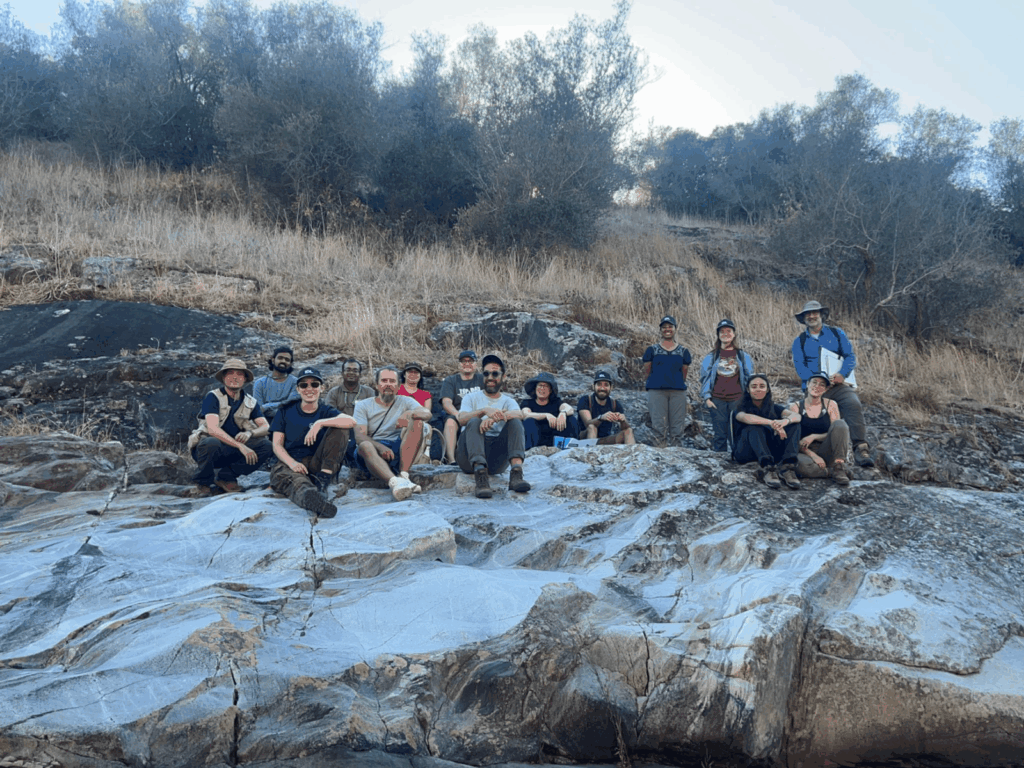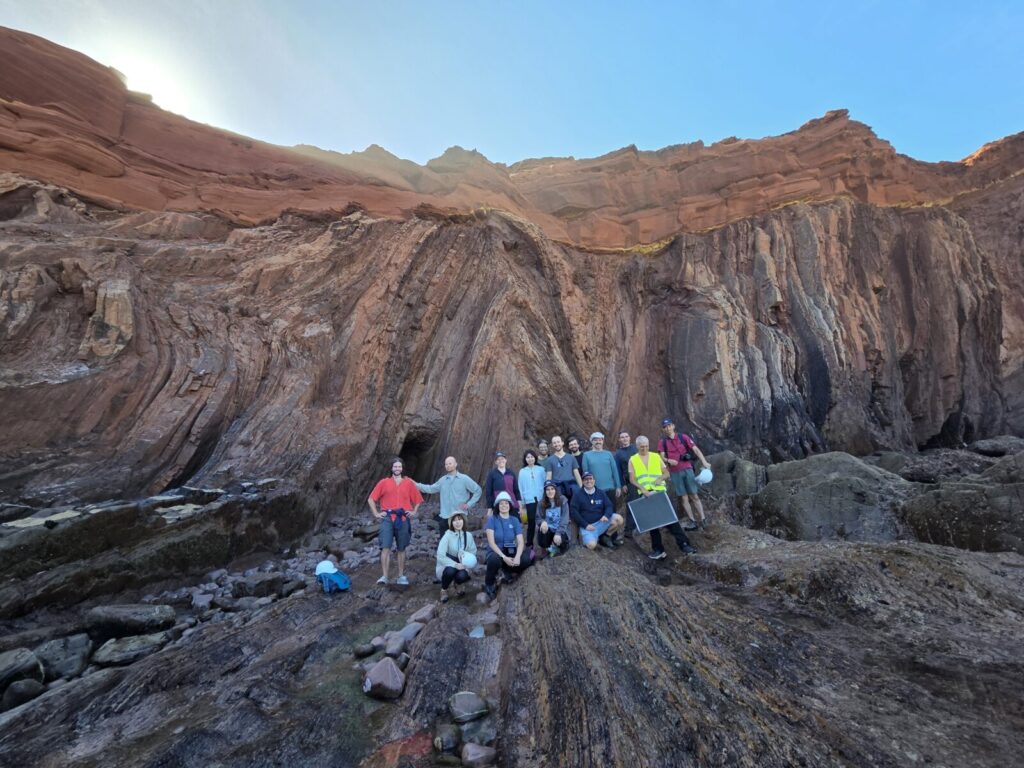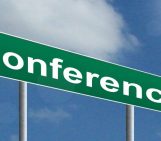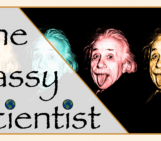
The GeoMOD meeting is a bi-annual conference that gathers Earth Science researchers from all over the world working on analogue and numerical modelling in Geosciences. Showcasing the most recent advances in this field, GeoMOD brings together the pursuit of new knowledge while allowing for great get-togethers between researchers. This year’s meeting was successfully held in Lisbon but not without its minor mishaps. In today’s blog post, we explore the challenges of organizing a global meeting that gathers the geo-modelling Earth Science community.
When organizing an international meeting, one needs to think about all the little details. Some examples of this are the required infrastructure for the conference to be held (e.g. conference room, poster session, and coffee breaks locations). This requires a lot of discussion with all the members organizing the meeting. From the administrative staff to the MSc students and senior researchers, all points of view were equally important and fundamental for the conference to go smoothly. This was the biggest asset in organizing the meeting in Lisbon – the cooperation between all of us made GeoMOD 2025 possible.
GeoMOD organization was centered around three main key points: oral and poster sessions, social events and the field trips. Each one had its different challenges and dynamics. Naturally, we all knew from the start that not all things were going to go as we planned out, and some ingenious solutions had, in fact, to be found on time.
Sessions
Sessions were divided into five different research themes: Geodynamics; Tectonics and crustal deformation processes – part 1 and 2; Earthsystems, Biogeodynamics and Planetary tectonics; Seismotectonics, Volcanotectonics and Short Time Scale Processes; and Recent Advances in Geodynamic Modelling. Each session had its own opening talk and several short talks afterwards, and one (fully accomplished) main idea was to always promote a vivid discussion between all participants.
Initially, posters were supposed to be displayed only throughout the length of the session they were assigned to. However, due to the large area where the poster sessions were being held, it was possible to display the posters throughout the entirety of the conference. This led to a great group dynamic, where posters could be presented in depth and revisited afterwards if some questions arose.
Social events
There were two social events organized by GeoMOD: the icebreaker and social dinner. The icebreaker took place at the Natural History Museum garden, where food and drinks were delivered upon arrival and badge pickup. Badge pickup was a bit confusing at first, but after getting the hang of how to do it efficiently, it all went smoothly and we all enjoyed a really nice icebreaker. As for GeoMOD social dinner, after some time preparing (and choosing) the best place for this, the dinner was held at Restaurant Ordem dos Médicos. After dinner, some GeoMOD participants went to Bairro Alto while others called it a day.
Apart from this, for social gatherings after the conference, a WhatsApp group was created and anyone who wanted to join for a post-conference hangout around Lisbon could do so. Bairro alto and Alfama were the preferred chosen spots to hang out, so participants could enjoy the famous Lisbon nightlife!
Field trips
Field trips were conceived to show the amazing geological diversity that exists within the relatively small Portuguese territory. Two field trips were devised: Ossa-Morena Zone, guided by Ícaro Dias da Silva and Manuel Francisco Pereira; and Telheiro unconformity, guided by Pedro Terrinha.
The Ossa-Morena zone showcases a switch from extensional to compressional tectonics within the Variscan orogeny. Several field evidences shows the superposition of fabrics of these tectonic regimes. In a one day field trip it was possible to show the main outcrops that can be related to this tectonic switch.
Telheiro unconformity was a two days field trip that explored the Algarve basin. The first day of the field trip was dedicated to the gypsum Albufeira diapir and Mareta beach, depicting Thetys and Atlantic-related extensional faulting. Second field trip day showcased the famous Triassic unconformity, where folded Carboniferous flysch sequences are overlain by undeformed (horizontal) Triassic strata of sandstone and pelites. The field trip finished at Beliche beach were three tectonic pulses of extension, shortening, and again extension are recorded, together with outstanding effects of pervasive dolomitisation and silicification.
And just like that, GeoMOD 2025 was held in Lisbon with great work being presented and discussed.
See you next GeoMOD!

